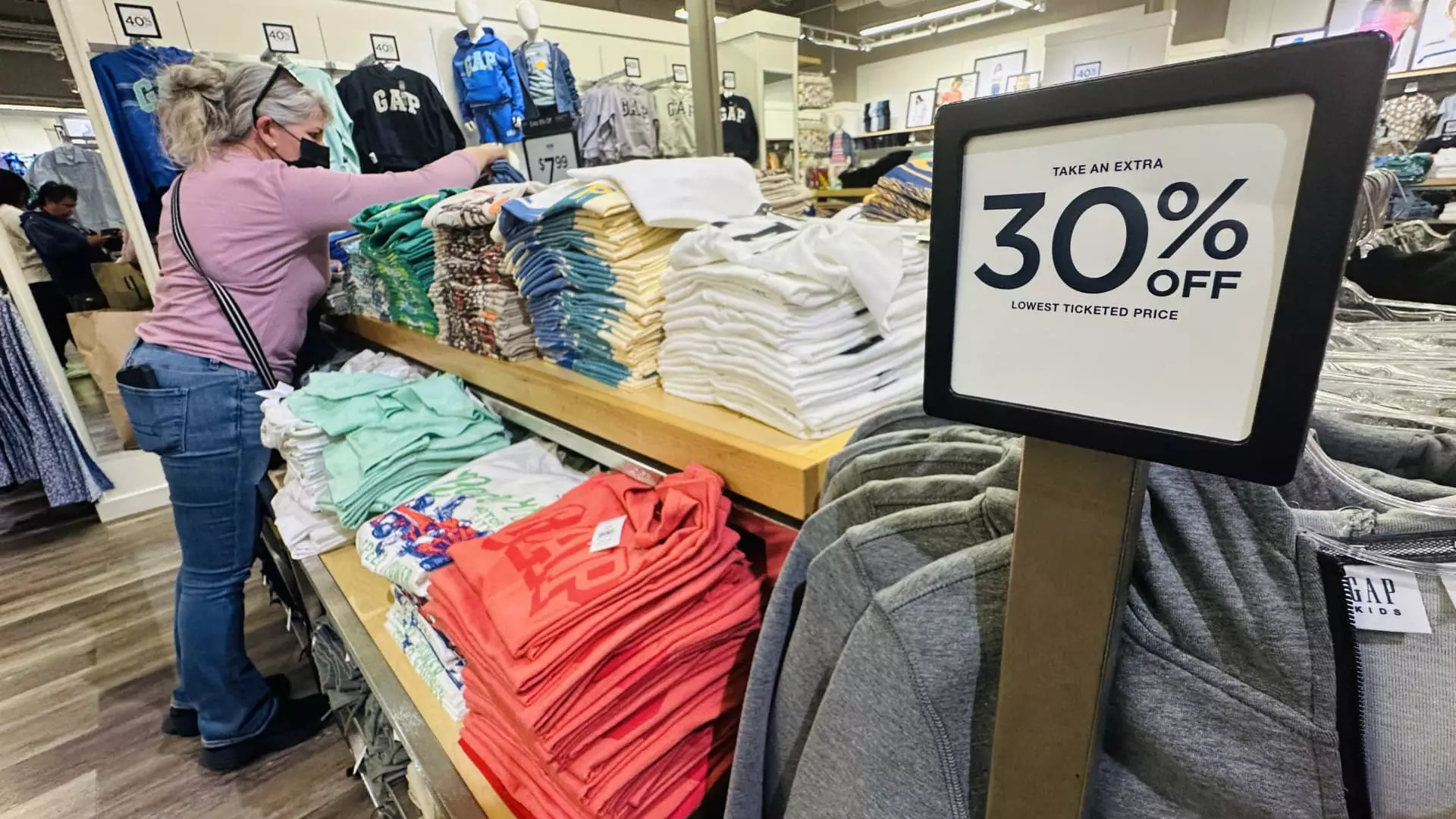In a rapidly evolving landscape marked by political tensions and economic disruptions, the apparel industry stands on a precipice. The introduction of new tariffs on imported goods in the United States, particularly clothing and textiles, threatens to unleash a wave of economic repercussions that could hit American consumers where it hurts the most: their wallets. Yale University Budget Lab forecasts that apparel prices could soar by staggering percentages—64% in the short run and 27% in the long run—significantly altering the shopping experience for millions. If you think investing in new clothes is hard during economic uncertainty, these tariffs could turn clothing into a luxury item for many middle and lower-income consumers.
A Trade War Not Just Between Countries
The term “trade war” might evoke visions of titans clashing, but the reality is much more dire for the average consumer. The Trump Administration’s approach, which has included a universal tariff rate of 10% and a brutal 145% on goods from China, isn’t merely a political maneuver—it’s a tax on style. For consumers, this means higher prices for clothes they already rely on. The soaring tariffs will be felt most acutely by those who can least afford to pay the price, leading to a Pandora’s box of inflationary pressures. Julia Hughes, President of the United States Fashion Industry Association, voiced concerns encapsulating the sentiments of countless Americans: “Ultimately, no one wins.” This shouldn’t just resonate as a political cliché; it should ring alarm bells for consumers.
The Spotlight on Low- and Middle-Class Americans
It’s crucial to emphasize the disproportionate effect of these tariffs on low and middle-class families, many of whom are already grappling with rising costs in other aspects of life. According to recent studies, three-quarters of consumers are changing their purchasing behaviors as a direct result of rising clothing costs. This means swapping high-end brands for thrift-store finds or “dupes,” a sign that American retail may soon resemble more of a scavenger hunt than the straightforward shopping experience we once knew.
Historically, when economic pressures heighten, the result is a surge in counterfeit goods flooding the market. This growth in fakes isn’t merely a byproduct of desperation; it’s fueled by a system that penalizes authenticity. As stated by industry experts, the crackdown on lower-value imports will not eliminate the counterfeit market but rather elevate its complexities. Consumers will find themselves navigating a minefield of faux luxury, buying into cheaper, less durable versions of their desired goods—all while tariffs push them towards the very products that undermine the quality and integrity of consumer culture.
Elevated Costs, Evolving Shopping Habits
The practical implications of increased tariffs are already manifesting in Americans’ shopping choices. Reports indicate that nearly 67% of consumers are readjusting their purchasing habits, with many opting for secondhand or thrift goods. As fashion becomes a privilege, the rise of the resale market appears to be more than a mere trend; it’s a significant shift towards sustainability in an era of spiraling costs. This shift isn’t just driven by economic necessity but also reflects a growing awareness of consumer responsibility toward the planet.
The resale market is already projected to grow substantially, reaching an estimated $291.6 billion by 2029. In a world where the high price tags associated with new clothing often fail to align with ethical production values, secondhand shopping represents a beacon of hope. It bypasses the burdensome tariffs, making luxury accessible without the premium imposed by trade restrictions—but does this shift indicate a failure of the conventional fashion retail system?
A Warning for American Retailers
As tariffs roll out, companies like Shein and Temu, which rely on affordable imports, risk either spiraling costs or closing their doors. The inability of brands to swallow such tariffs means they will inevitably trickle down to consumers, exacerbating the financial strain felt at home. This scenario highlights a grim reality for retailers who may have to rethink not just their pricing strategies but their entire business models as the dynamics of supply and demand undergo tectonic shifts prompted by changing tariffs and consumer behaviors.
While some may see this as a revival of American-made goods, the truth is that not every consumer can afford traditionally-produced apparel. As the market braces itself for a future where synthetic brands dominate at the expense of quality, it’s evident that sustained economic turmoil could redefine American fashion, pushing it towards a more fragmented and less equitable marketplace.
The apparel industry stands at a critical juncture; what was once a domain defined by choices is increasingly becoming a battleground for economic survival. As consumers and producers wrestle with the implications of trade policies, we’re recognizing a profound truth: the cost of fashion may soon be measured not just in dollars, but in accessibility and the very essence of our consumer freedom.

